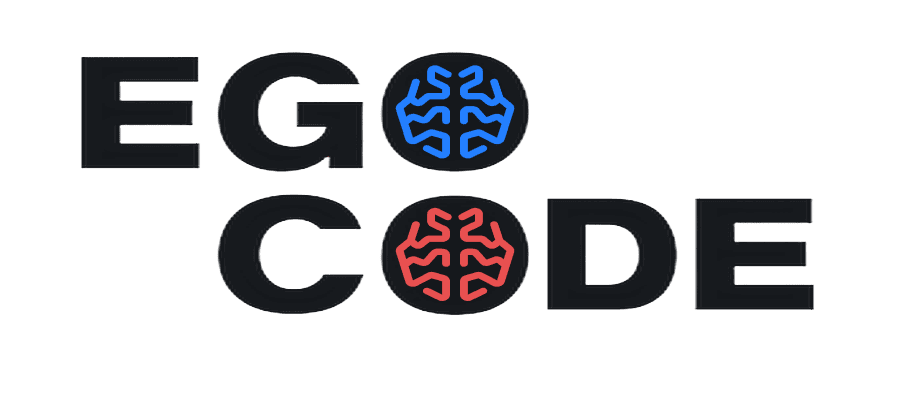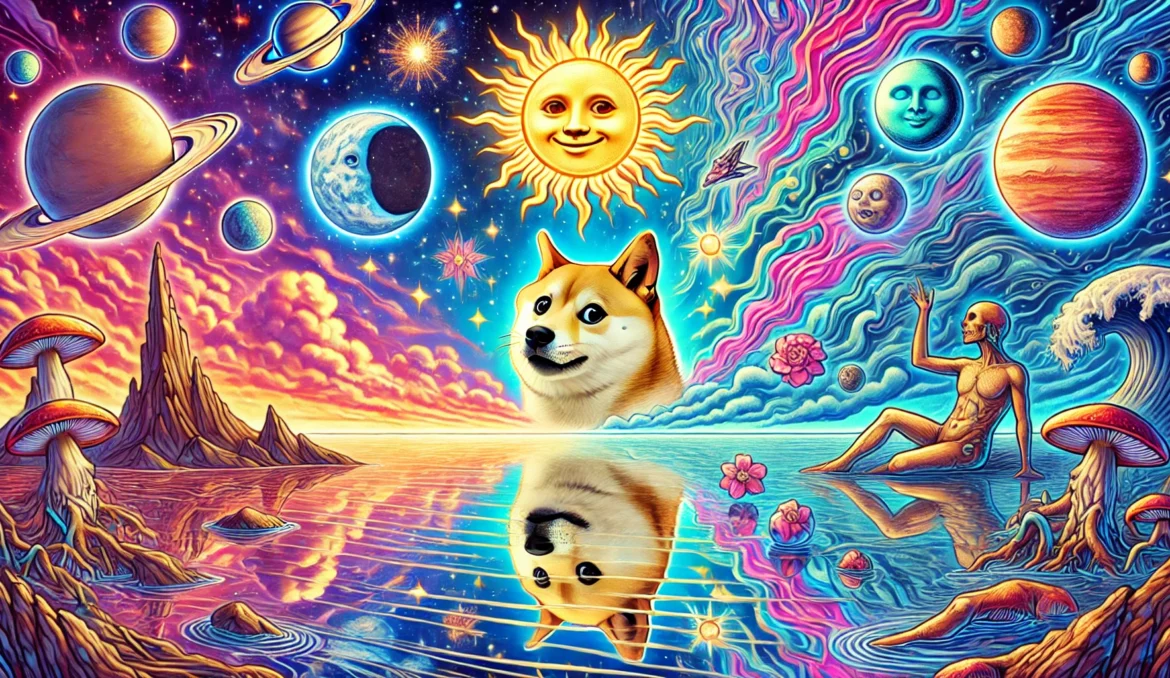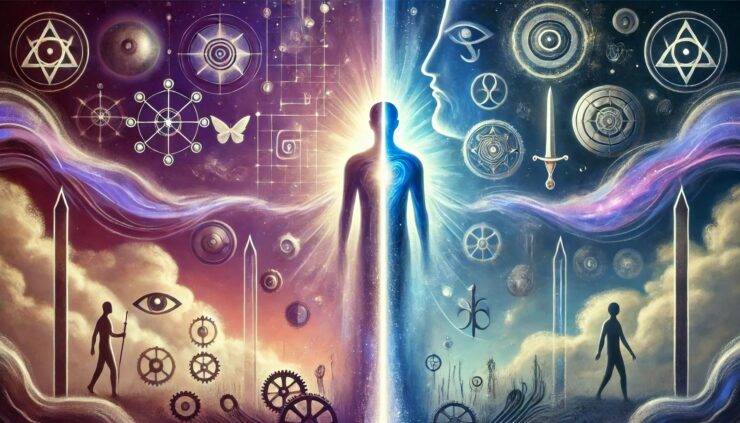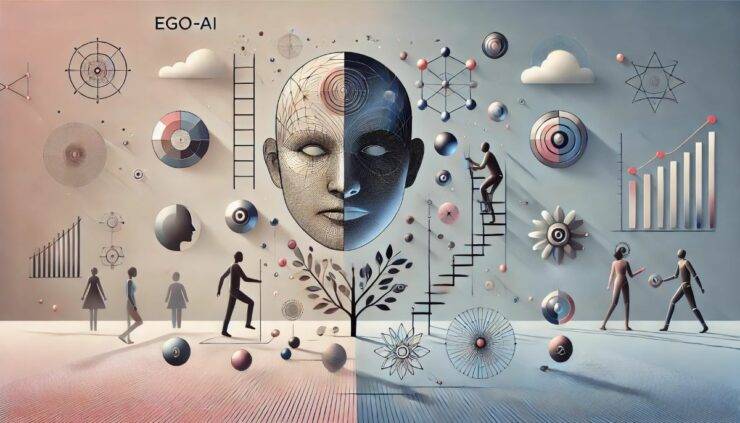Have you ever seen a meme that just instantly sticks in your mind? These funny images spread across the internet like wildfire. Have you ever wondered why certain memes become so popular? Surprisingly, the answer lies deep within our psyche.
Welcome to the world of archetypes and the collective unconscious! These terms might sound like something out of a magical book, but they actually explain why certain images and stories keep popping up in our society. For instance, who hasn’t seen movies about a hero fighting evil or comedies with an underdog who eventually gets lucky? These images are archetypes that exist within all of us.
Let’s imagine archetypes as characters in a grand theater called the “Collective Unconscious.” Each character plays its part, sometimes subtly but very powerfully. These characters help us perceive the world and find meaning in it. Just like the famous meme with the dog in the fire saying “This is fine”—behind the humor lies a deep archetypal image that resonates with our inner experiences.
In this article, we’re going on an exciting journey through the world of archetypes. We’ll see how they show up in memes, popular movies, and even in our relationships. It will be fun, sometimes surprising, but definitely enlightening. Join us, and you might learn something new not just about memes and movies, but about yourself too!
Collective Unconscious and Archetypes
To understand what archetypes are, imagine the collective unconscious as a huge library filled with ancient books, fairy tales, and myths from all cultures. Each of us carries a piece of this library within us. The collective unconscious is like a repository of shared human experiences and knowledge, passed down from generation to generation.
Now, let’s talk about the main point. Archetypes are like the eternal characters or images from these ancient books. They exist in our subconscious and influence our behavior, thoughts, and feelings. Picture it as if there’s a whole team of heroes living inside you: the Sage, the Warrior, the Jester, the Hero, the Mother, the Shadow, and more. Each of them plays a role and occasionally steps onto the stage to help us deal with life’s situations.
You can find archetypes everywhere. Think of classic fairy tales—Cinderella, Little Red Riding Hood, or even superheroes from comics. They all embody archetypes. For example, Cinderella is the archetype of the Damsel in Distress, who, thanks to her inner nobility and kindness, eventually finds happiness. Superman is the Hero, always ready to save the day.
These images appear not only in stories but also in our daily lives. We might unconsciously mimic them because they resonate with our inner experiences and expectations. When we watch movies, read books, or even create memes, we use archetypal images because they are familiar and relatable to everyone.
All this happens thanks to the collective unconscious, as described by the famous psychologist Carl Jung. He believed that archetypes are fundamental parts of our psyche that help us understand ourselves and others, navigate the world, and cope with life’s challenges.
This is how archetypes work—they connect us with the deepest levels of our psyche and with universal human stories. We will continue to explore how these archetypes manifest in the modern world through memes, movies, and our personal relationships.
Archetypes in Memes
Memes are not just funny pictures with text. They often carry deep archetypal images that resonate with our inner experiences and the collective unconscious. Let’s look at some popular memes and see which archetypes they reflect.
“This is fine” Meme
The meme with the dog sitting in a burning house saying “This is fine” has become a symbol of calm acceptance in the face of chaos. Here we see the Shadow archetype, representing our hidden fears and inner conflicts. The dog symbolizes the part of us that tries to maintain calm and order even when everything around us is falling apart. This reflects our tendency to suppress negative emotions and pretend everything is okay, even when we might be experiencing internal turmoil.
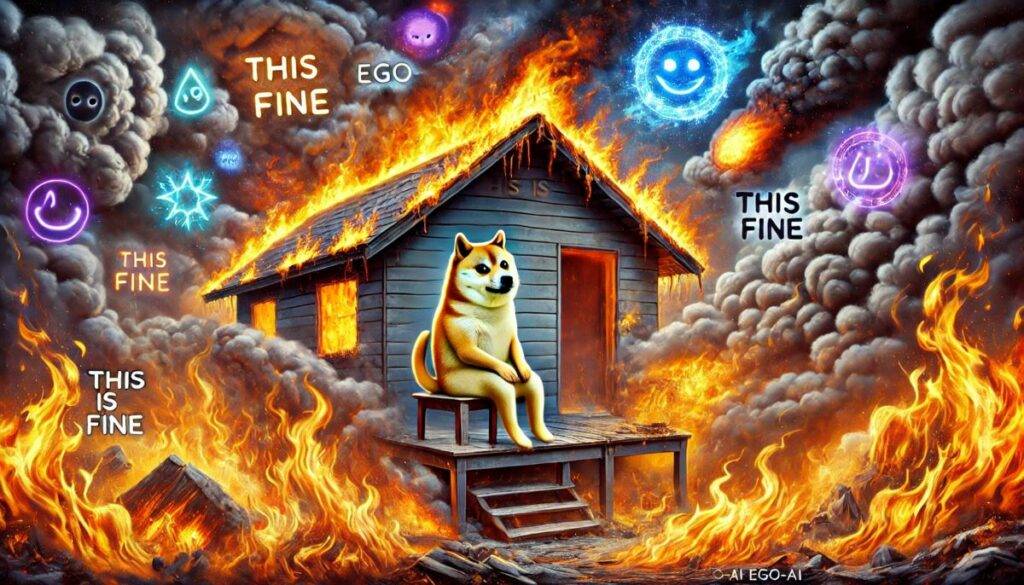
“Distracted Boyfriend” Meme
The meme featuring a boyfriend looking at another girl while his girlfriend stands next to him has become a symbol of human nature and relationships. This meme reflects the Anima and Animus archetypes—the feminine and masculine aspects of our unconscious. The boyfriend symbolizes the lure of novelty and temptation, while his girlfriend represents stability and loyalty. This juxtaposition shows the internal conflicts related to our desires and moral principles.

“Pepe the Frog” Meme
Pepe the Frog is one of the most well-known and versatile memes on the internet. He embodies the Trickster archetype, who plays the role of a deceiver and provocateur. The Trickster often challenges stereotypes and social norms, mocking serious topics and creating unexpected situations. Pepe can be happy, sad, or ironic, reflecting our inner contradictions and the desire to break free from the ordinary.

“Success Kid” Meme
The kid with a clenched fist, expressing triumph, has become a symbol of small victories in everyday life. This meme embodies the Hero archetype, who fights and wins, even if they are small victories. The Hero inspires us to achieve our goals and overcome challenges. We see in this meme a part of ourselves that strives for success and celebrates each small achievement.
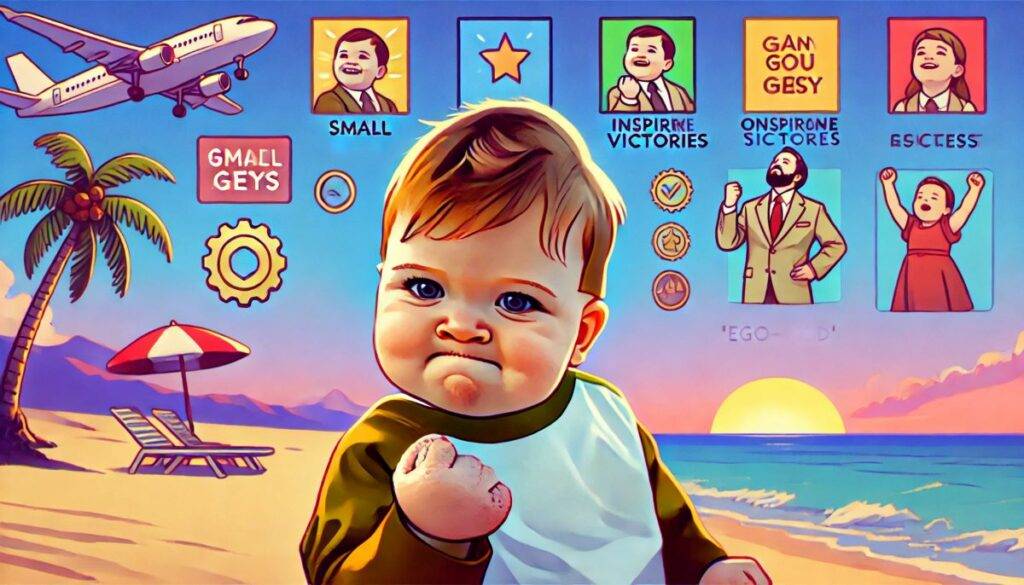
“Hide the Pain Harold” Meme
The meme featuring an older man smiling despite a pained expression, often with captions about enduring difficult situations, symbolizes the Everyman archetype. This archetype represents the ordinary person who faces life’s struggles with a facade of normalcy. Harold’s forced smile reflects the inner pain and challenges that many people can relate to, showing how we often mask our true feelings to maintain social harmony.

These memes are great examples of how archetypes appear in our daily lives. They resonate with us because they touch on deep aspects of our psyche and common human experiences. In the next section, we will explore how archetypes manifest in popular movies, which also play an important role in our culture.
Archetypes in Myths and Fairy Tales: Origins and Evolution
Archetypes, as fundamental structures of the human psyche, find their roots in ancient myths, fairy tales, and legends. These stories, passed down through generations, contain essential images that continue to influence modern art, literature, and cinema. Let’s explore the main archetypes according to Carl Jung and trace their development from ancient tales to contemporary stories.
Hero
Origins: The Hero is one of the most recognizable archetypes, depicted in myths and legends of many cultures. In ancient Greek mythology, Hercules, who completed 12 labors, is a classic example of the Hero. Other examples include Gilgamesh from Mesopotamian mythology, Sigurd from Norse sagas, and King Arthur from Arthurian legends.

Modern Examples: Luke Skywalker in “Star Wars” and Harry Potter in the “Harry Potter” series continue the Hero archetype. They journey from ordinary individuals to great defenders of good, overcoming numerous trials along the way.
Sage
Origins: The Sage appears in myths and legends as a keeper of knowledge and a mentor. In Greek mythology, Prometheus, who gave fire to humans, is an example of the Sage. Other examples include Merlin in Arthurian legends and Gandalf in Tolkien’s myths.

Modern Examples: Gandalf in “The Lord of the Rings” and Morpheus in “The Matrix” are contemporary incarnations of the Sage, guiding heroes to truth and helping them realize their potential.
Ruler
Origins: The Ruler is depicted in myths as a king or queen striving for order and justice. Examples include King Solomon from biblical stories and King Arthur from Celtic legends.
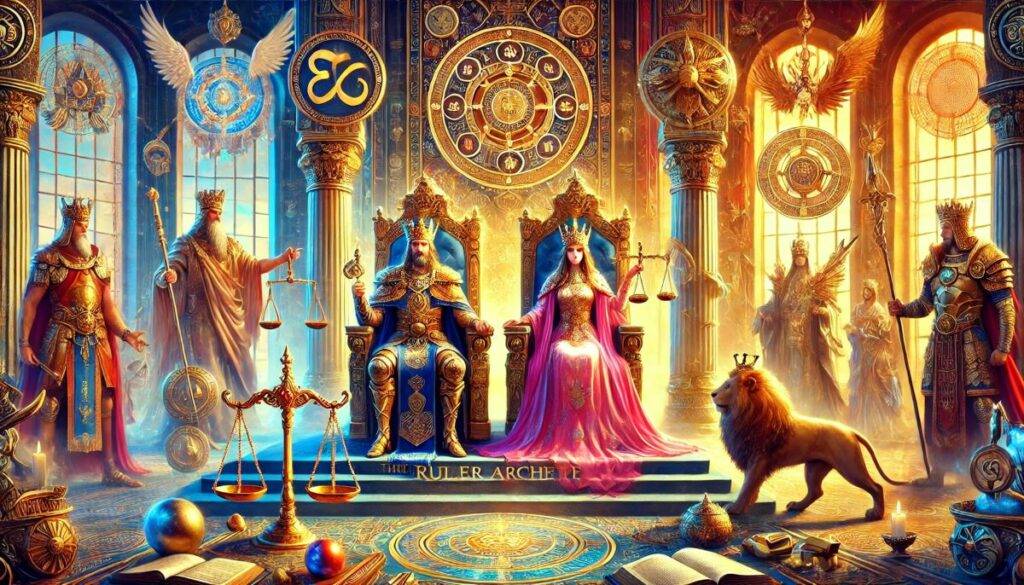
Modern Examples: Princess Leia in “Star Wars” and Aragorn in “The Lord of the Rings” are modern Rulers, aiming to establish order and protect their people.
Trickster
Origins: The Trickster is an archetypal deceiver and provocateur found in many cultures’ myths. Coyote in Native American mythology, Prometheus in Greek mythology, and Loki in Norse mythology are examples of the Trickster.
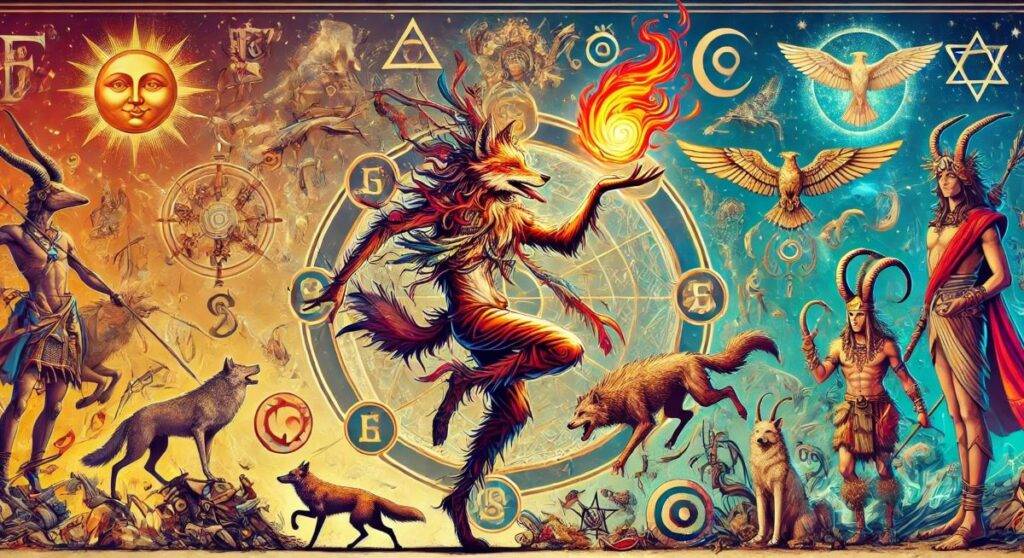
Modern Examples: The Joker in “The Dark Knight” and Loki in “The Avengers” embody the Trickster archetype, breaking stereotypes and social norms, creating chaos and challenges.
Lover
Origins: The Lover is represented in myths as a symbol of passion and romance. The Greek myth of Orpheus and Eurydice is a prime example of the Lover.
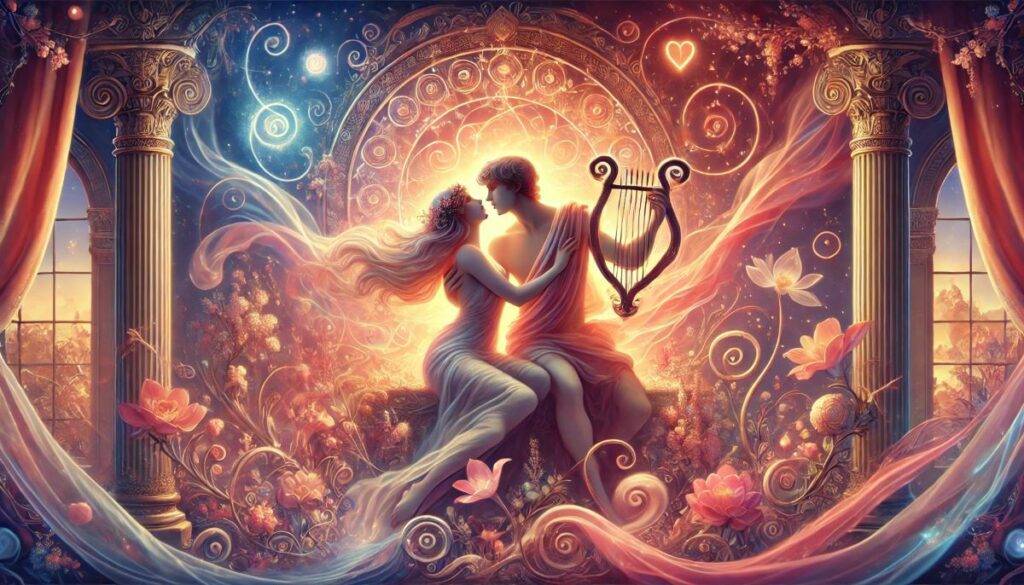
Modern Examples: Trinity in “The Matrix” and Jack and Rose in “Titanic” embody the Lover archetype, demonstrating the power of romantic feelings and devotion.
Explorer
Origins: The Explorer appears in myths and legends as one who seeks new discoveries and adventures. Odysseus in Homer’s “The Odyssey” is a classic example of the Explorer.
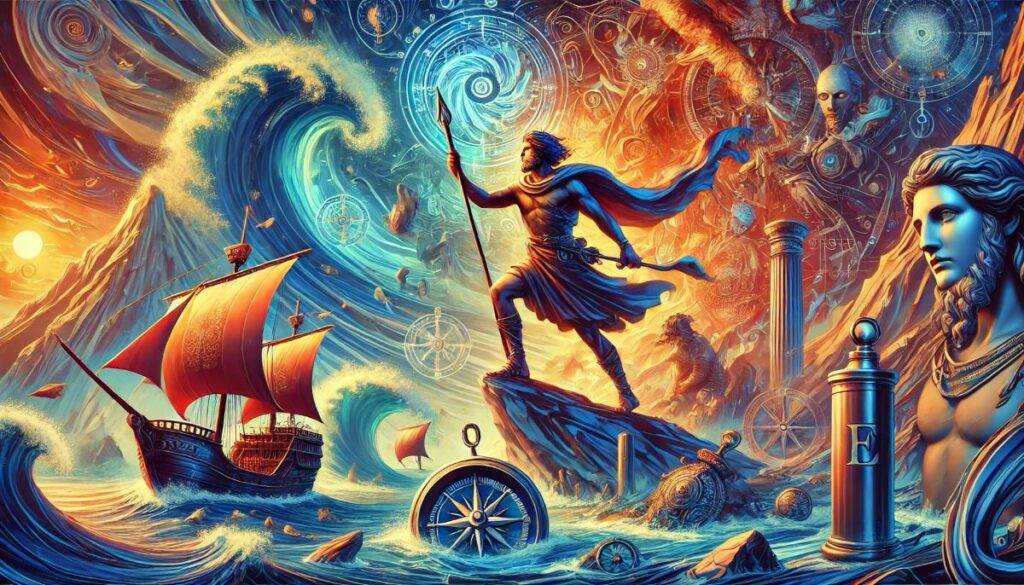
Modern Examples: Indiana Jones in the “Indiana Jones” films and Lara Croft in “Tomb Raider” embody the Explorer archetype, embarking on risky expeditions and uncovering ancient secrets.
Caregiver
Origins: The Caregiver is depicted in myths as a protector and nurturer. In Greek mythology, Hestia, the goddess of the hearth, is an example of the Caregiver.
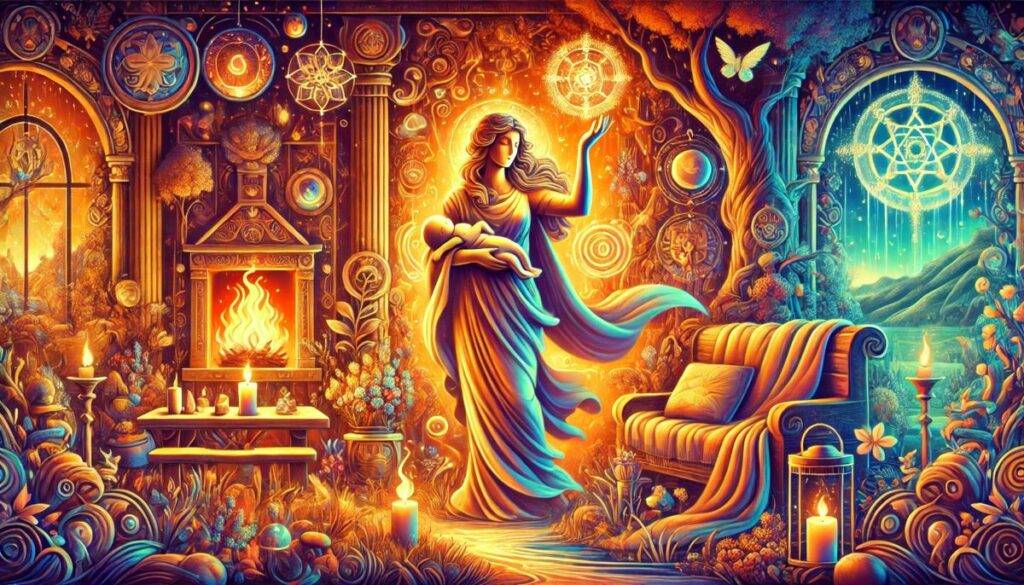
Modern Examples: Mary Poppins in “Mary Poppins” and Alfred in “Batman” are modern examples of the Caregiver, striving to protect and support others.
Magician
Origins: The Magician appears in myths as a mystical reality changer. Merlin in Arthurian legends is a classic example of the Magician.
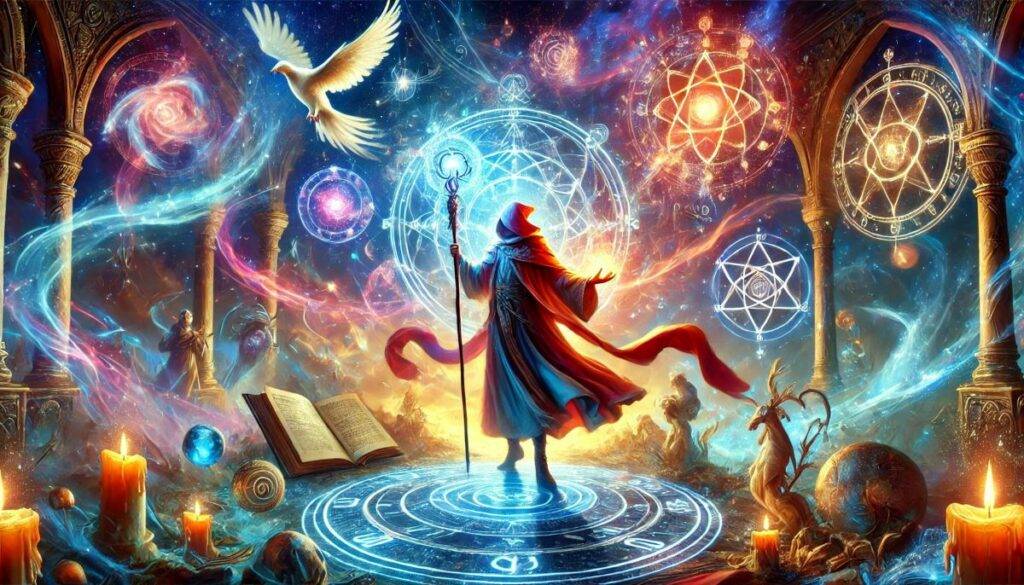
Modern Examples: Dumbledore in “Harry Potter” and Doctor Strange in “Doctor Strange” embody the Magician archetype, using their magical abilities to create change and protect the world.
Creator
Origins: The Creator is represented in myths as a maker of new things, expressing creativity. Hephaestus, the god of blacksmithing and craftsmanship in Greek mythology, is an example of the Creator.
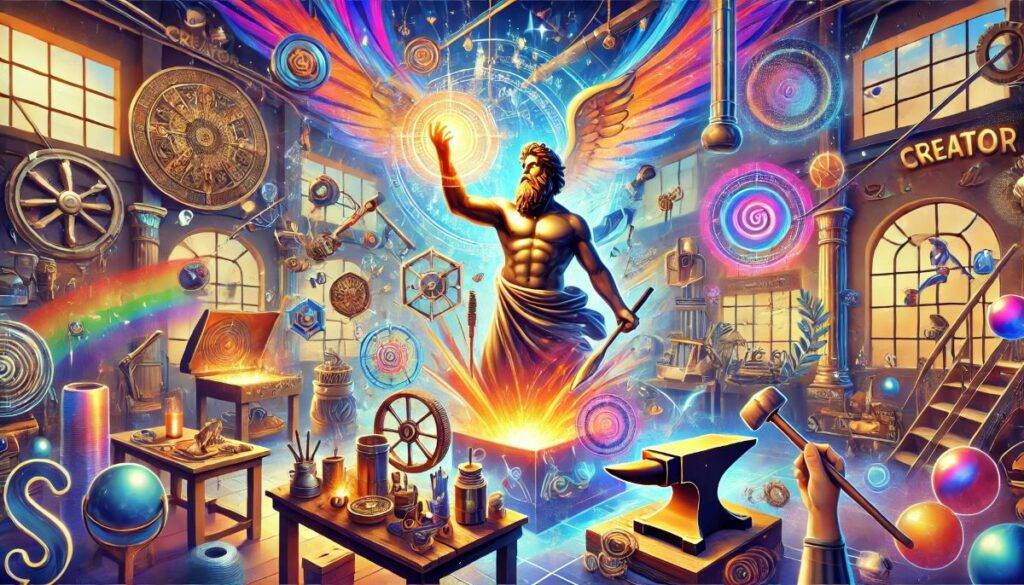
Modern Examples: Tony Stark in “Iron Man” and Willy Wonka in “Willy Wonka & the Chocolate Factory” embody the Creator archetype, inventing innovative technologies and unique sweets.
Rebel
Origins: The Rebel appears in myths as a challenger of norms and a seeker of change. Prometheus, who stole fire from the gods, is an example of the Rebel.

Modern Examples: Katniss Everdeen in “The Hunger Games” and Neo in “The Matrix” embody the Rebel archetype, rising against oppression and striving for freedom.
Innocent
Origins: The Innocent is depicted in myths as a symbol of purity and hope. Persephone in Greek mythology is an example of the Innocent.
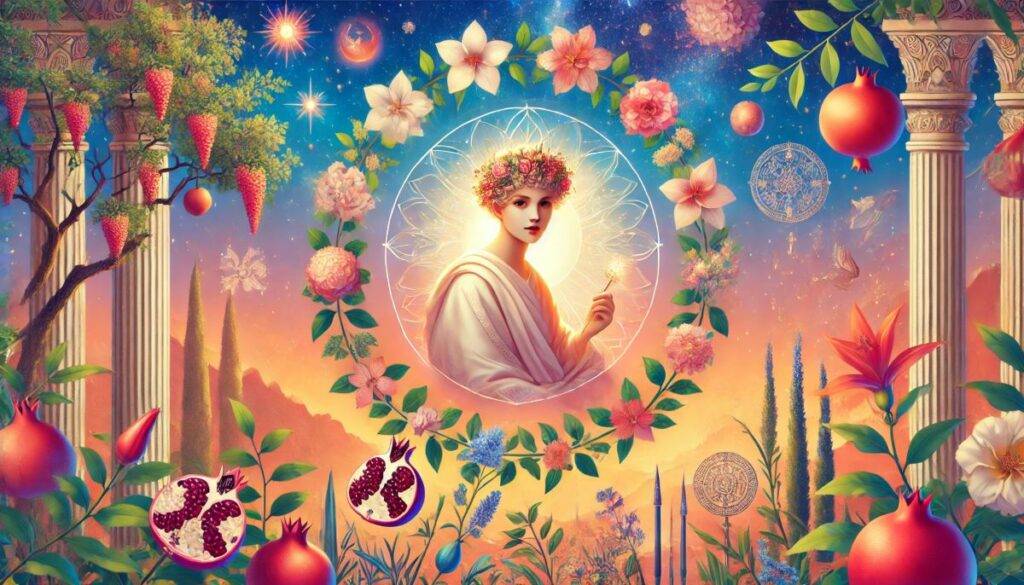
Modern Examples: Frodo Baggins in “The Lord of the Rings” and Dorothy in “The Wizard of Oz” embody the Innocent archetype, striving for goodness and believing in a better world.
Everyman or Orphan
Origins: The Everyman or Orphan is represented in myths as a symbol of belonging and the desire for connection. In the fairy tale of Cinderella, this archetype is embodied in Cinderella herself.

Modern Examples: Samwise Gamgee in “The Lord of the Rings” and Bruce Wayne in “Batman” embody the Everyman or Orphan archetype, seeking their place in the world and protecting their loved ones.
These examples show how archetypes, formed in ancient myths and fairy tales, continue to influence modern stories and characters, helping us better understand the inner conflicts and aspirations of heroes.
Archetypes and Memes: Psychological Logic Through the Lens of EGO-AI
Memes are a powerful means of expressing archetypal images deeply rooted in the collective unconscious. These images go viral because of their ability to convey complex psychological ideas in a condensed and understandable form. Let’s explore how archetypes are integrated into memes and why they resonate so strongly with a broad audience.
Universal Logic of Archetypes and Memes
Symbolic Language and Visual Imagery:
Memes use simple, easily recognizable symbols to convey archetypal meanings. This approach instantly grabs attention and evokes an emotional response.
Emotional Intensity:
Memes elicit strong emotional reactions—ranging from laughter to contemplation. This makes them particularly appealing and helps them spread virally.
Social and Cultural Relevance:
Memes often reflect current events and cultural phenomena, making them especially engaging for a wide audience.
Examples of Archetypes in Memes
- “Distracted Boyfriend” Meme
Psychoanalytic Logic: This meme reflects the conflict between conscious and unconscious desires. The boyfriend symbolizes the pursuit of novelty and temptation, representing the internal struggle between loyalty and desire. This resonates with people who experience similar internal conflicts in their relationships. - “Woman Yelling at a Cat” Meme
Psychoanalytic Logic: This meme highlights emotional and social aspects of archetypes. The woman yelling represents strong emotions and conflict, while the calm cat symbolizes innocence and unawareness. This contrast induces laughter and recognition of the absurdity in situations where we experience intense emotions. - “Is this a pigeon?” Meme
Psychoanalytic Logic: This meme illustrates the intellectual and spiritual aspects of archetypes. The character mistakenly identifying a butterfly as a pigeon symbolizes our tendency to misinterpret and be mistaken. It evokes laughter and reflection on how often we draw incorrect conclusions based on limited knowledge. - “Change My Mind” Meme
Psychoanalytic Logic: This meme embodies the archetypes of the ruler and the sage. The character sitting at a table with a “Change my mind” sign represents confidence in one’s beliefs and openness to intellectual challenge. It resonates with people who value open debates and seek knowledge. - “Two Buttons” Meme
Psychoanalytic Logic: This meme showcases internal conflict and suppressed emotions. The character faced with choosing between two buttons symbolizes indecisiveness and the stress of making decisions. It evokes a sense of solidarity and understanding as we all face tough choices.
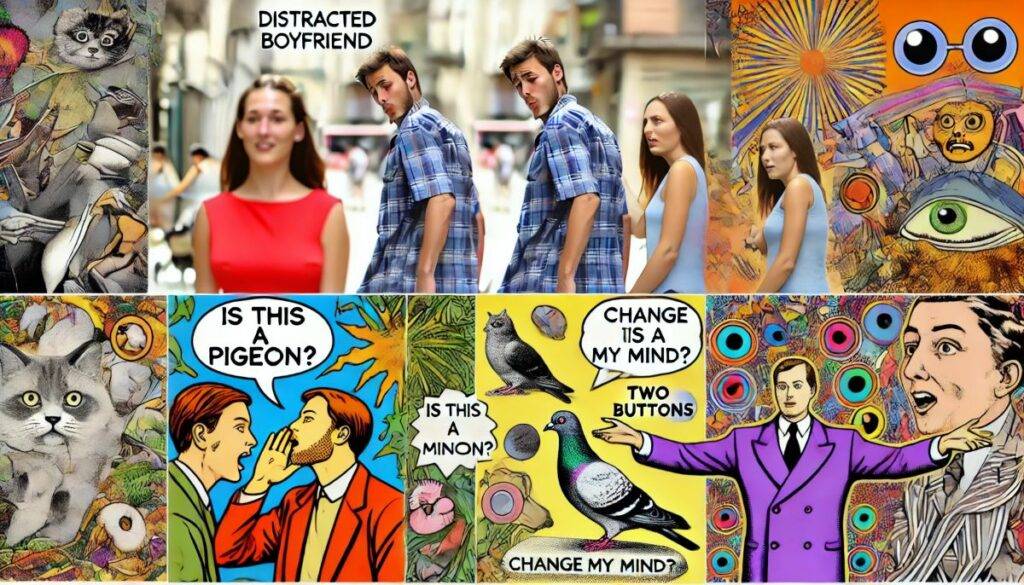
Psychological Logic of Memes’ Virality
- Emotional Engagement:
Memes evoke strong emotional reactions, encouraging people to share them with others. Funny or thought-provoking memes resonate with a wide audience, aiding their spread. - Collective Unconscious:
The archetypes used in memes resonate with the deep levels of our psyche, making them relatable and meaningful to everyone. People recognize in memes the archetypal images and situations that echo their own experiences. - Social Relevance:
Memes reflecting current events and cultural phenomena become particularly attractive. They use archetypes to create images and situations that are understandable and interesting to a broad audience.
Thus, memes go viral due to their ability to combine universal archetypes with individual experiences, making them accessible and resonant for a wide audience. The use of symbolic language, emotional richness, and cultural relevance allows memes to effectively convey complex psychological ideas in a simple and understandable form.
Conclusion
Memes serve as a modern medium for expressing deep archetypal images rooted in the collective unconscious. These images become viral because of their ability to convey complex psychological ideas in a simple and understandable form. The EGO-AI model helps us understand how archetypes like the Hero, Trickster, Shadow, and others are woven into memes, eliciting strong emotional responses and promoting rapid dissemination.
The use of symbolic language and visual imagery makes memes instantly recognizable and appealing. Emotional intensity and social relevance help memes resonate with a wide audience, creating deep connections between the collective and individual unconscious. Memes not only entertain but also serve as a means of understanding and expressing internal conflicts and experiences.
Thus, memes are a powerful tool for studying and understanding the human psyche. They reflect universal archetypes and individual differences, helping us better understand ourselves and others. In today’s world, memes continue to play a significant role in conveying cultural and psychological meanings, remaining relevant and impactful means of communication.
